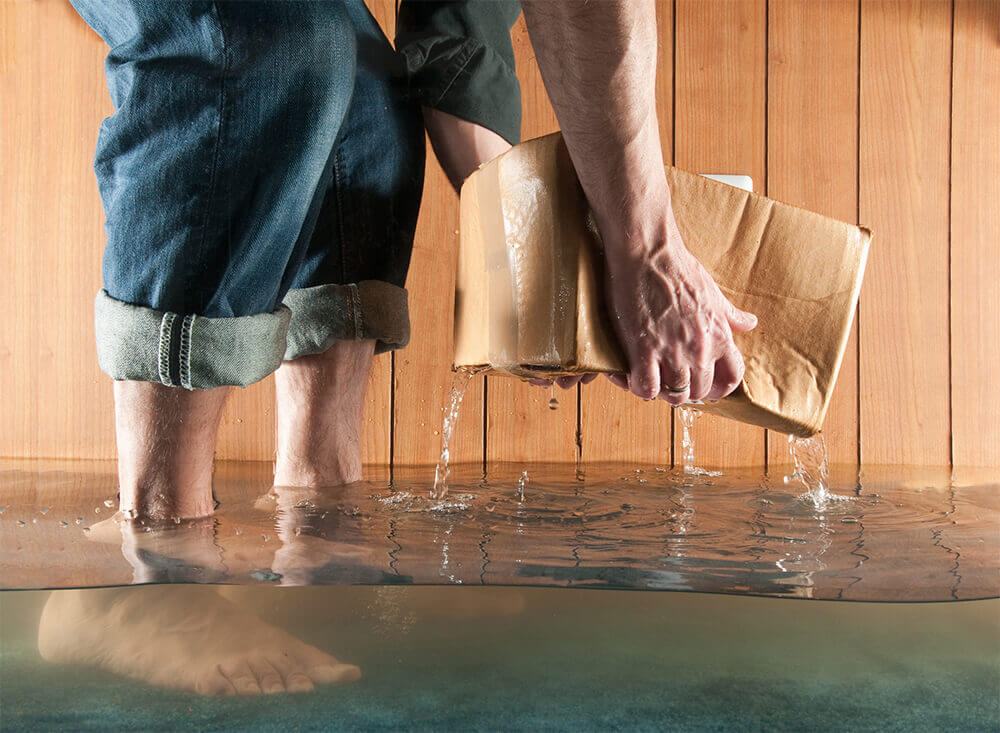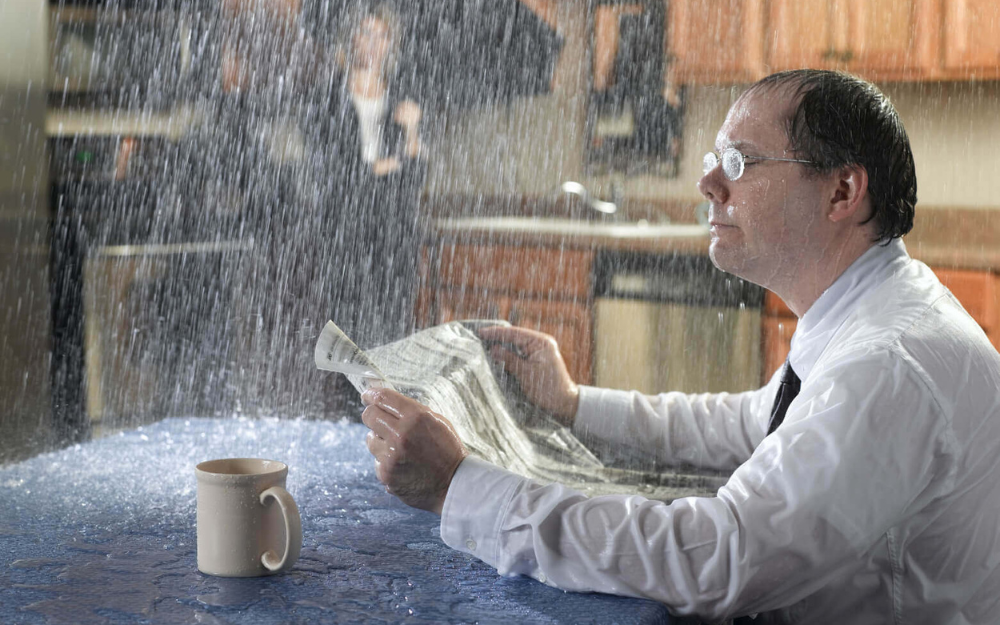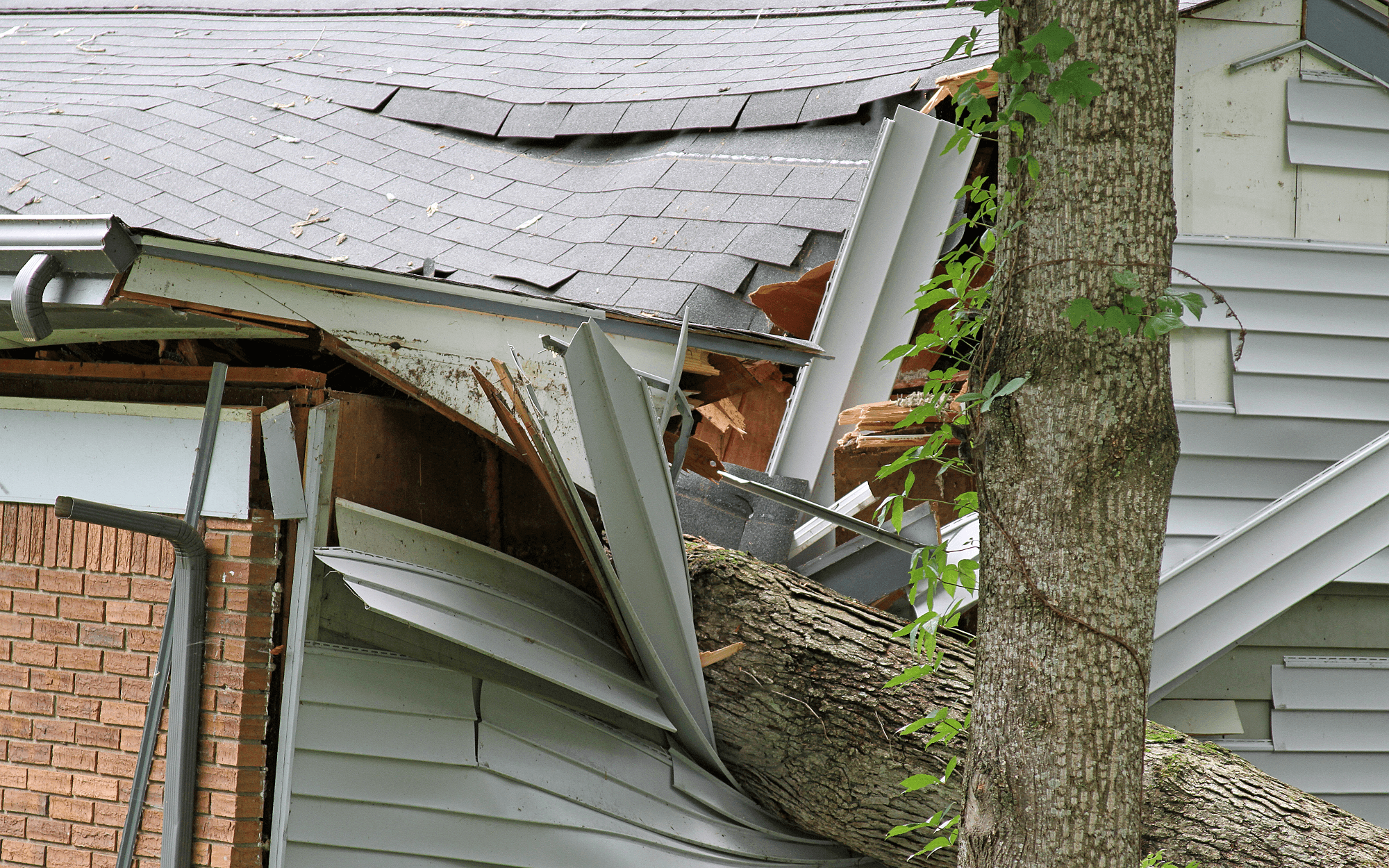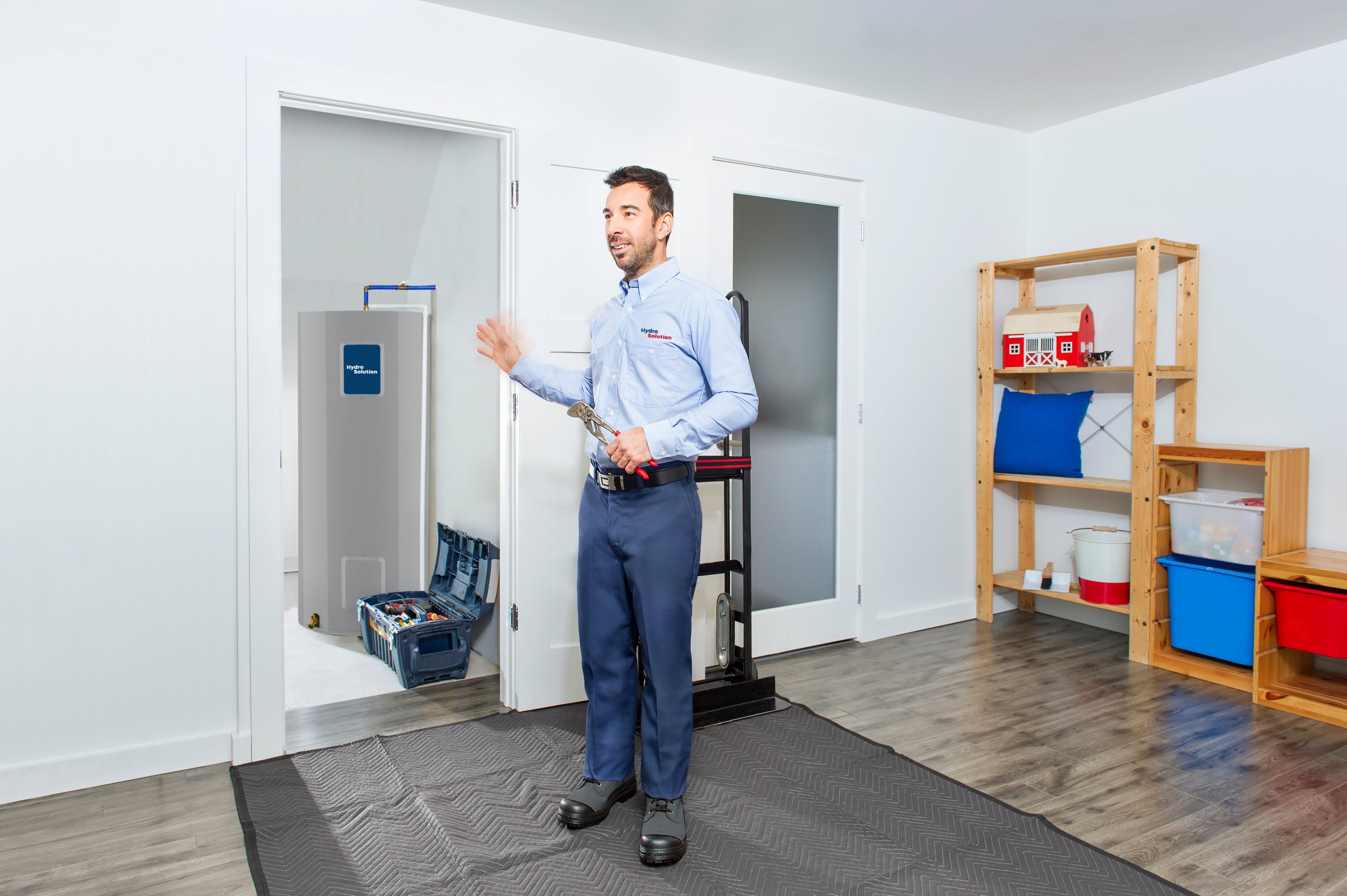Imagine the following situation: You just had major renovations completed on your house, including the roof, when…

Water Heater: Avoid complications with a top-quality installation
Nowadays, no one marvels at seeing hot water flowing from the tap with a simple flick of the wrist. But even though this small miracle is now taken for granted, did you know that nearly 50 plumbing and electrical technical points from the building code apply when installing a water heater? And all that is just to ensure the durability of the tank itself and the safety of the building and its occupants. Annie Beaudoin, representative of major accounts at Hydro-Solution, speaks with Joël Legault T.p. on the importance of a safe and proper installation when it comes to water heaters.
Annie Beaudoin: Based on the experience of the inspectors at Legault-Dubois who carry out building inspections and compliance throughout the industry, what are the most common problems encountered with water heaters?
Joël Legault T.p.: The most common problem concerns the safety valve. Installed on the top of the water heater, this valve allows the partial evacuation of the pressure which may accumulate inside the tank if any defect presents itself. A pipe must be connected to this valve to drain the overflow to a container, a floor drain or any other compliant plumbing return. Unfortunately, the wrong safety valve is too often used or the hose installation does not meet safety standards. We then find ourselves with a deficient installation which can lead to water leaks, serious burns and even to the bursting of the water heater itself.
The second issue that is denoted concerns the electrical connection. As with any other appliance, if the electrical cables are insufficient, or if the protection device – circuit breaker or fuse – is inadequate, the risk of fire is increased. Grounding is an essential safety feature that ensures that users can not electrocute themselves if they handle anything connected with the water heater. Again, far too many water heaters inspected by our technicians showed major nonconformities regarding incorrectly installed or completely missing grounding and poorly functioning circuit breakers.
AB: In percentage, to what do you estimate the number of non-compliant water heater installations?
JL: Based on our experience with thousands of inspections, I would say that at least 60% of water heaters present significant deficiencies.
AB: And how can a consumer get what he paid for and ensure a safe and secure installation?
JL: As it’s too often the case with any industry or profession, if there is no quality control system for all those involved, we find ourselves open to inadequate installations. In the case of water heaters, it is first necessary for installers to be properly trained to know and apply each of the plumbing and electrical requirements. Thereafter, it is important to carry out random inspections in order to detect potential problems and to make the necessary corrective measures. Follow-up must be done with the installer so that the situation does not come back. Let’s not forget that if there were no police officers on our roads, there would be many more rash drivers and serious accidents.
AB: In other words, only the implementation of a good quality assurance program allows the customer to fully benefit from what he pays for?
JL: Absolutely! It’s the quality control and this constant follow-up with installers who assure the consumer that he has invested his money in the right product, in right company.
Do you have any doubts concerning the installation or condition of your water heater? If so call our specialized inspectors and they will give you an unbiased account of the situation and advise you in order to prevent any complications. Contact us to learn more.


